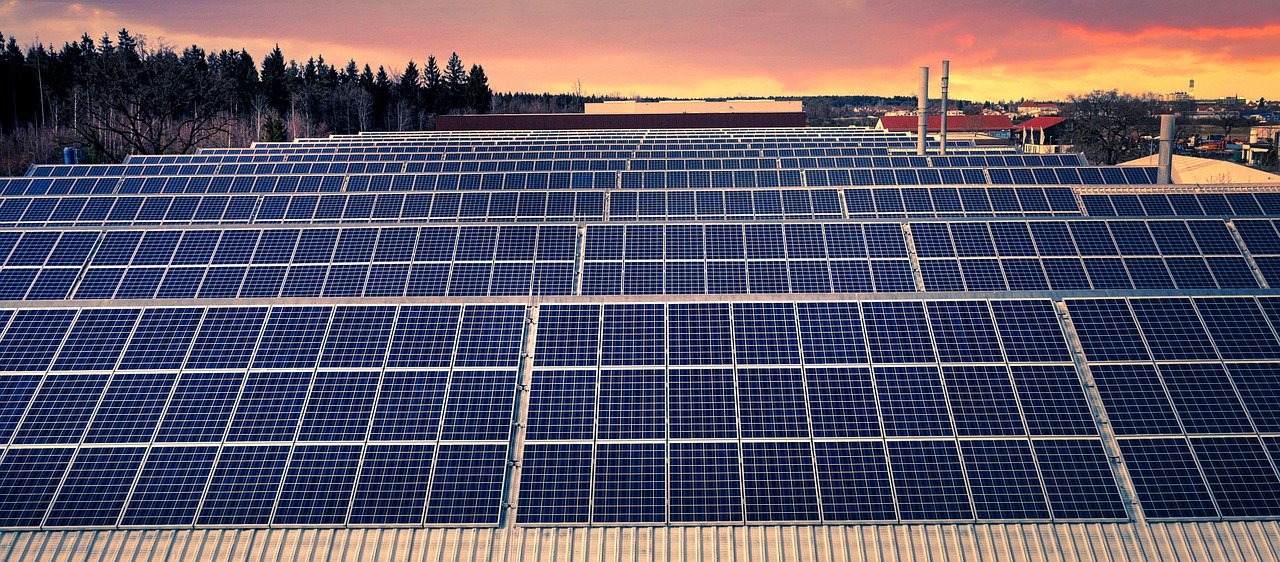This post is also available in:
 עברית (Hebrew)
עברית (Hebrew)
Iceland is on the brink of pioneering a new era in renewable energy with plans to become the first country to harness solar power from space. In collaboration with UK-based Space Solar and Iceland-based company Reykjavik Energy, the Icelandic sustainability initiative Transition Labs is working to develop a groundbreaking solar power plant located outside the Earth’s atmosphere. The project promises to revolutionize the way the world harvests energy by offering a continuous, weather-independent energy source.
Space Solar’s initial plant, designed with a 30 MW capacity, will be placed in orbit using SpaceX’s Starship megarocket, marking a significant milestone in space-based energy technology. The solar panels will capture sunlight in space and convert it into radio waves, which will be beamed down to a ground station. The station will then convert these waves into electricity for the grid, ensuring a steady, round-the-clock power supply.
According to Space.com, the $800 million project, slated to launch in 2030, is expected to generate enough power to supply up to 3,000 homes. The cost of the electricity produced is projected to be around one-quarter the cost of nuclear power – approximately $2.25 billion per gigawatt – making it highly competitive with Earth-based renewable energy sources. This way, space-based solar energy could be a game-changer for the global energy market.
Space Solar’s modular power plants are scalable, allowing for the construction of larger systems that can operate at various altitudes and potentially provide power to multiple countries simultaneously.
With plans to scale up the technology by 2036, the project is poised to meet growing global energy demands. Iceland, along with Canada and northern Japan, has been identified as a potential site for additional ground stations to receive solar power. As space-based solar technology evolves, it could transform the energy landscape, offering a clean, reliable, and affordable solution for the world’s energy needs.

























